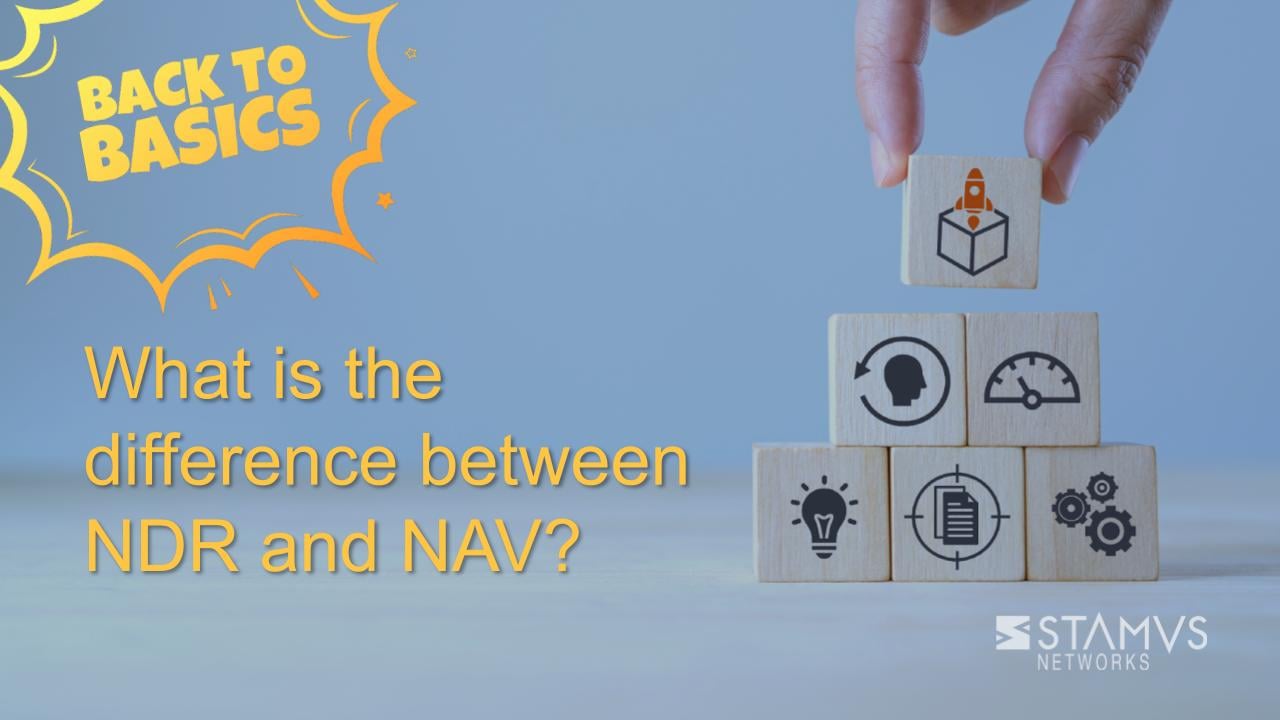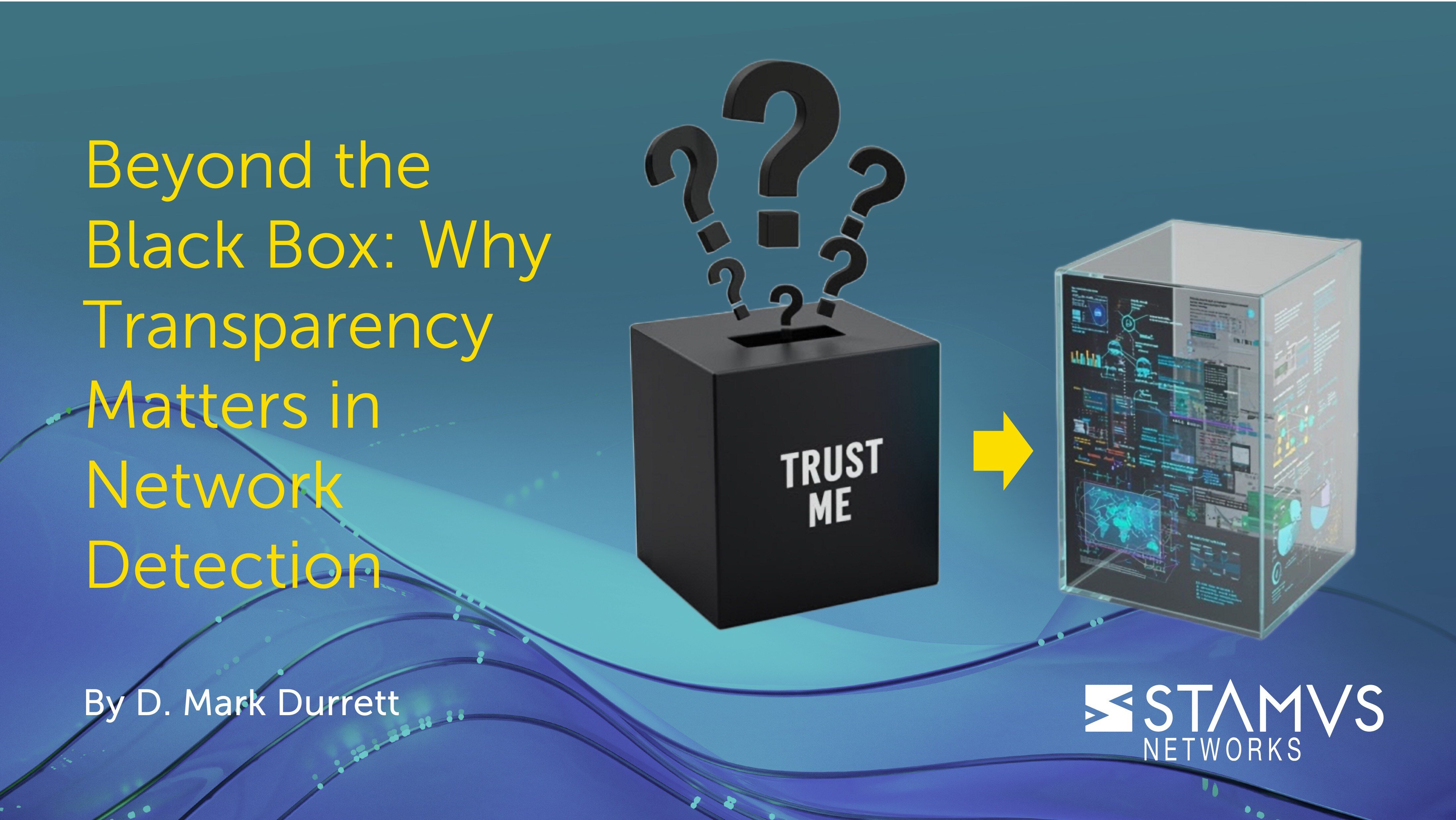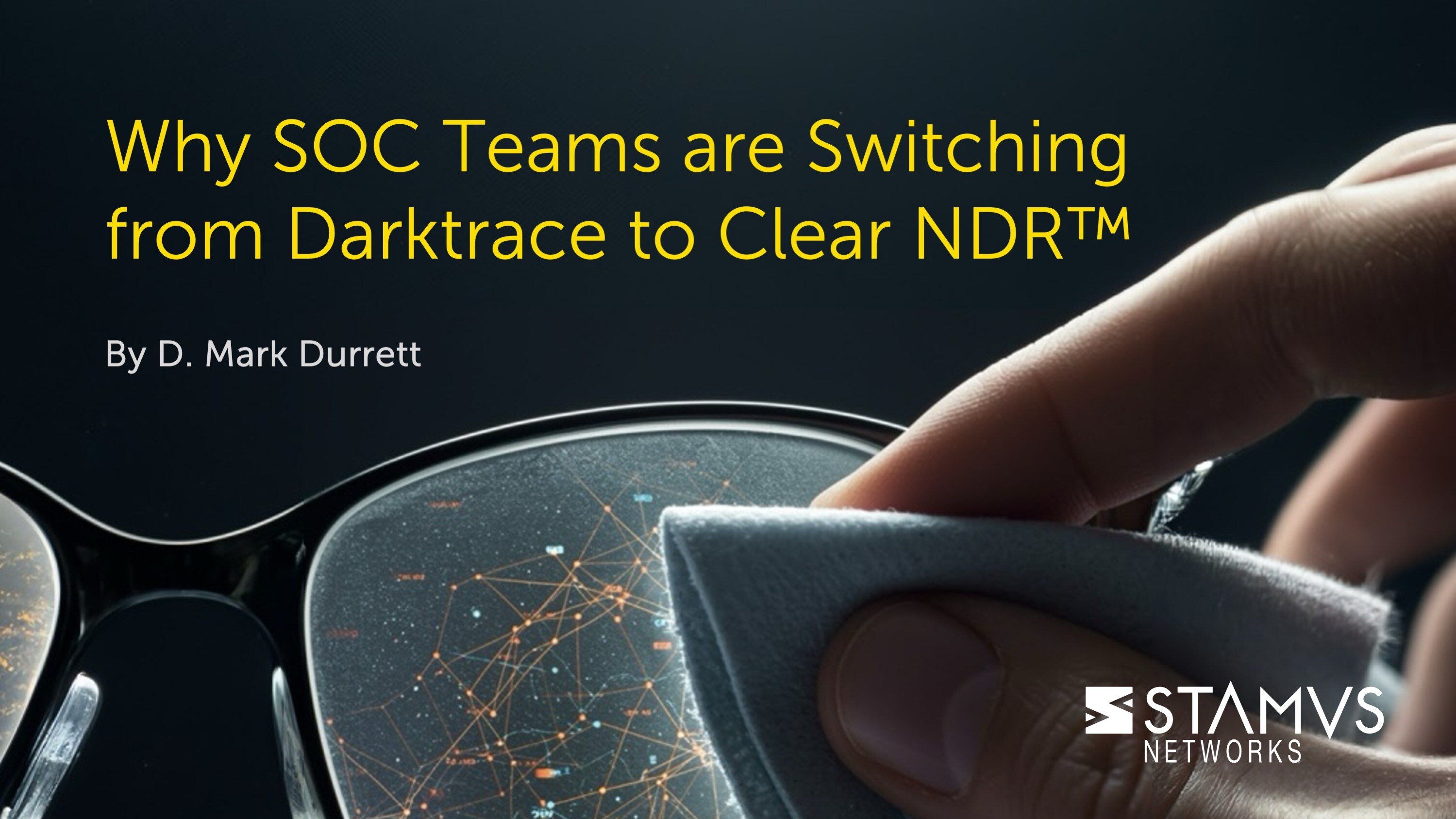For those new to network detection and response (NDR), it can be confusing to understand the differences between network detection and response tools and other cyber security products. It gets even more confusing when different acronyms seem to describe the same thing. This is the case for NDR and NAV. In this blog post, we will look at these two systems and determine what, if any, differences exist between them.
What is NDR?
Network detection and response (NDR) is a cybersecurity system that monitors and analyzes network traffic to identify and respond to potential threats. NDR performs this monitoring in real-time without the need to install software agents on individual devices. Using a combination of threat detection methods, NDR can identify:
- Known threats
- Unknown threats
- Malware
- Ransomware
- Data exfiltration
- Suspicious user behaviors
- Unusual data transfers
- and more
Network detection and response plays an important role in an organization’s security strategy, providing visibility into network infrastructure and insights on network activities, which in turn help security professionals respond swiftly to potential incidents.
What is NAV?
Network Analysis and Visibility (NAV) is a cyber security solution that collects and analyzes network traffic data to gain greater visibility into network activity. Similar to the methods used by many network detection and response vendors, NAV often uses flow analysis and packet capture to understand traffic patterns, identify bottlenecks, and monitor general network health.
NAV is great for troubleshooting network issues, optimizing performance, and understanding usage patterns. It is not always specifically designed for threat detection and response, though some NAV systems are capable of detecting sophisticated threats.
Forrester defines NAV as:
“Security solutions that deploy passively in networks to analyze network traffic to detect threats using behavioral and signature-based approaches; discover and establish relationships between assets; analyze traffic flow; extract relevant metadata; enable full or targeted packet capture; integrate with other control points to remediate detected threats; and enable network forensics.”
Using this definition, NAV is incredibly similar to NDR. Other definitions, such as the one provided in a blog post published by Splunk, describe NAV as synonymous with network traffic analysis (NTA) tools. NAV tools falling under this definition have less advanced threat detection capabilities than most NDR systems.
What is the difference between NAV and NDR?
The difference between NAV and NDR depends on what falls under your definition of NAV. If you follow Forrester’s definition, then NAV and NDR are interchangeable terms for the same type of system. Following the definition provided by Splunk, NAV is a more rudimentary network security tool that is unable to detect the same caliber of threats as NDR. When evaluating either system for your organization make sure to carefully review the product’s features to ensure they are in line with your organization’s unique needs.
Do I need NDR?
You might need NDR tools if your organization lacks a comprehensive cybersecurity strategy, or if you have gaps in coverage that could be filled by improving your network visibility. Here are several reasons an organization might consider network detection and response:
- Proactive Threat Hunting: Some NDR tools enable users to actively search for specific threats, policy violations, suspicious activity, or Shadow IT using an integrated threat-hunting interface. This enables organizations to identify and neutralize threats before they get the chance to cause a data breach or other operational disruptions.
- Advanced Threat Detection: NDR’s combination of signature-based and anomaly-based detection, often enhanced with machine learning or artificial intelligence, helps identify incredibly sophisticated modern threats.
- Faster Response Times: NDR tools’ rapid identification and response capabilities help minimize the impact of attacks, automating response actions like blocking malicious traffic or communicating with other systems to isolate infected devices. This gives the security team time to further investigate and contain the threat.
- Improved Visibility and Network Insights: NDR provides deep visibility into network activities and communication patterns, allowing security teams to gain a comprehensive understanding of their network infrastructure, detect lateral movement, and identify vulnerable assets that might require additional protection.
- Compliance Requirements: Several regulations, like GDPR and HIPAA, mandate organizations to implement effective security measures for data protection. NDR helps demonstrate compliance by providing detailed records of network activity and threat response actions, fulfilling audit and reporting requirements.
- Reduced Risks and Potential Losses: Investing in proactive threat detection and response like NDR can significantly reduce the risk of costly security incidents, data breaches, and operational disruptions. This translates to financial savings, reputational protection, and increased business continuity.
Network Defense with Stamus Security Platform
Navigating the countless acronyms of cyber security can be confusing, but it doesn’t change the fact that organizations need comprehensive threat detection systems that can help safeguard their digital assets. If you are in the market for network-based threat detection, make sure that your chosen solution provides the following:
- 1. Sophisticated detection
- 2. Transparent, explainable results with evidence
- 3. High-fidelity response triggers
- 4. Guided threat hunting
- 5. Openness and extensibility
- 6. Complete data sovereignty
You should look to these requirements as a basic guideline for what to expect from an effective network security system, whether that is NAV or NDR. The Stamus Security Platform (SSP) satisfies all six of these requirements and packages them into a single, high-effective network-based threat detection and response system.
To learn more about NDR, what you should consider when evaluating prospective NDR solutions, and how NDR can complement your existing cybersecurity tools, we recommend these resources:
- EDR, NDR, and XDR: Exploring Three Approaches to Threat Detection and Response
- Five Essential Requirements for Network Detection and Response (NDR)
- Real World Success Stories: In the Trenches with NDR
To be notified of new blog posts and other news, make sure to subscribe to the Stamus Networks blog and the Stamus Spotlight Monthly Newsletter, follow us on Twitter, LinkedIn, and Facebook, or join our Discord.






